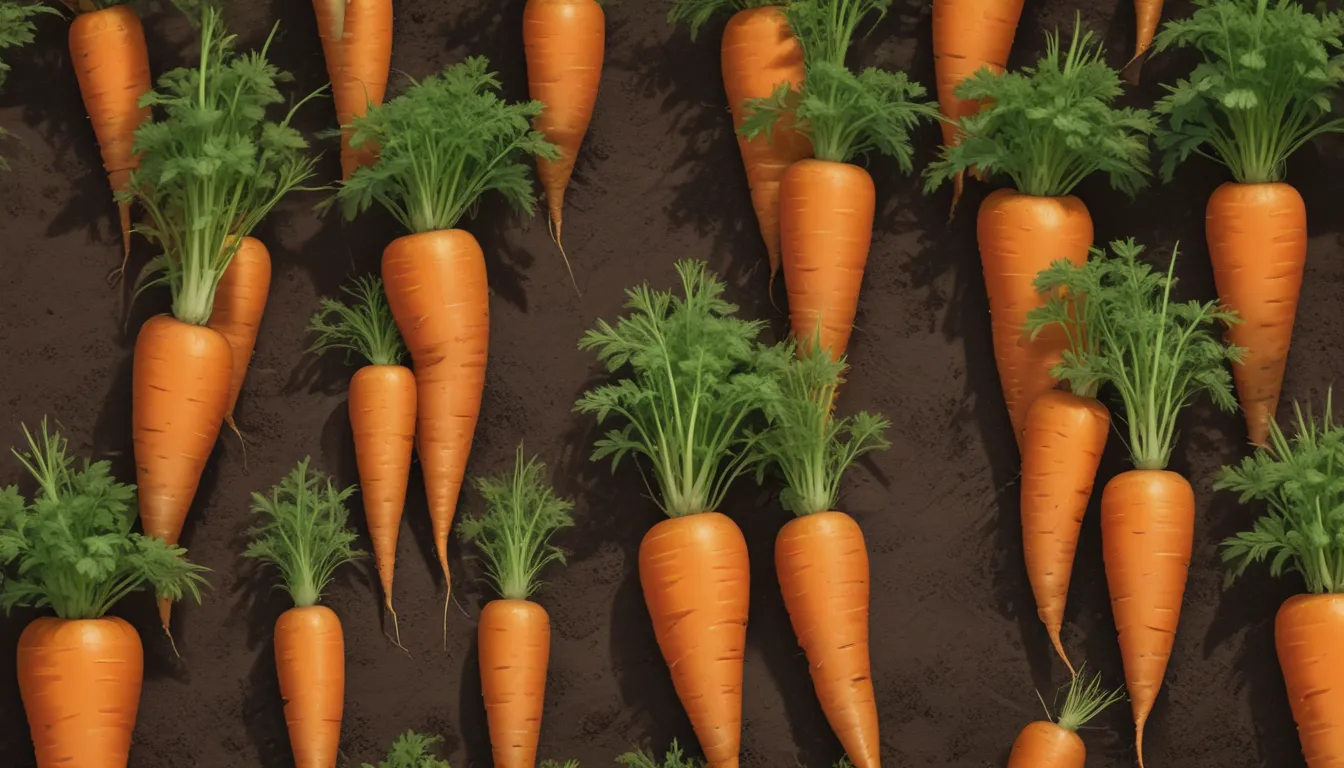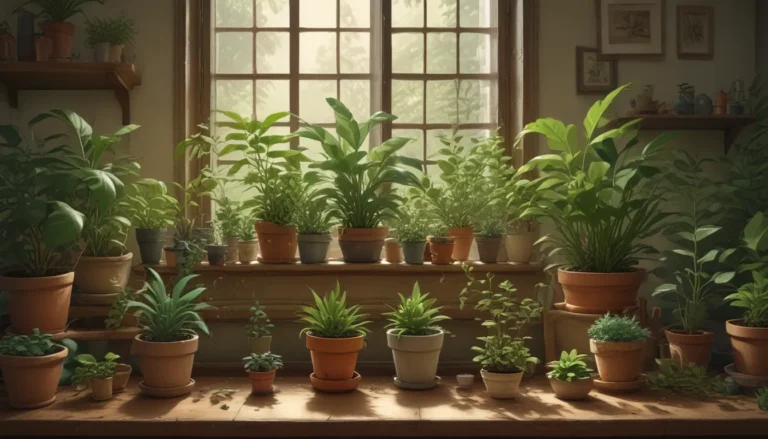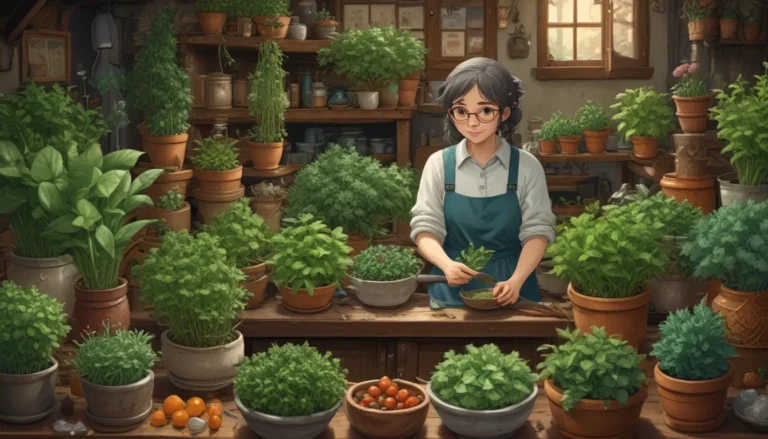How to Grow Perfect Carrots: Tips to Prevent Deformities and Grow Straight, Tasty Roots

Are you tired of dealing with forked, twisted, or knobby carrots from your garden? While these oddly shaped vegetables may lead to some chuckles, they can also pose challenges in the kitchen. So, what causes these deformities, and how can you grow straight, uniform carrots instead? Let’s dive into the topic and explore nine common causes of deformed carrot roots, along with strategies to prevent them.
What You’ll Learn
Are Deformed Carrots Edible?
Before we delve into the reasons behind deformed carrots, let’s address a common question – are these quirky-looking vegetables safe to eat? In most cases, yes, deformed carrots are perfectly edible. However, there are a few exceptions to keep in mind. While they may not look picture-perfect, these root vegetables can still be used in soups, stews, and various culinary creations. Don’t let their appearance go to waste! Let’s explore how you can prevent deformities and grow straight, healthy carrots in your garden.
Soil Preparation
Carrots are sensitive to their growing environment, especially soil conditions. Factors like soil composition, texture, and nutrients play a crucial role in shaping the development of carrot roots. Here are some key considerations for preparing your soil to promote optimal carrot growth:
- Heavy Soil: Avoid compacted or heavy clay soils by incorporating organic matter like compost and sand.
- Rocks and Clods: Remove any obstacles like rocks, clods, or debris that can hinder root growth.
- Too Much Nitrogen: Be cautious with nitrogen fertilization, as excessive nitrogen can lead to branching and deformities. Opt for well-aged manure or a balanced fertilizer.
Growing Care
Beyond soil preparation, proper growing care is essential for cultivating healthy carrots. Here are some tips to ensure your carrots develop straight, uniform roots:
- Dense Plantings: Thin seedlings to prevent overcrowding and twisting of roots.
- Weeds: Keep your garden beds weed-free to minimize competition for nutrients.
- Transplanting: Avoid transplanting carrots, as it can lead to forking and branching.
- Second Growing Season: Harvest carrots before they enter the second growing season to prevent branching.
Pests and Disease
Dealing with pests and diseases is another challenge that can impact the quality of your carrot crop. Here are some common issues to watch out for:
Root-Knot Nematodes
These microscopic pests can cause galls and deformities in carrot roots. To prevent root-knot nematodes:
- Remove infected plant material.
- Avoid spreading infected soil.
- Rotate crops with non-host plants like cabbage and marigolds.
- Add organic matter to reduce nematode populations.
Aster Yellows Phytoplasma
Spread by the aster leafhopper, this disease can lead to deformed roots and other symptoms. Prevention measures include:
- Remove infected plants and weeds.
- Mulch with reflective materials.
- Grow crops under row covers.
- Dispose of infected plants to prevent disease spread.
Quick Guide to Preventing and Identifying Causes
Here’s a summary of common causes of deformed carrots and preventive measures:
| Cause | Symptoms | Preventive Measures |
|---|---|---|
| Compacted, heavy soil | Short, stumpy roots | Work sand and compost into soil |
| Rocks, clods | Forked, deformed roots | Remove obstacles from soil |
| Too much nitrogen | Hairy roots, branching | Minimize nitrogen application |
| Dense plantings | Twisting, forking | Thin seedlings to reduce crowding |
| Weeds | Branching, forking | Keep beds weed-free |
| Root-knot nematodes | Galls, deformities | Remove infected plants, rotate crops, avoid summer planting |
| Aster yellows phytoplasma | Deformed hairy roots, yellowing leaves | Remove infected plants, apply reflective mulch, remove host weeds |
Recipe Ideas for Enjoying Deformed Carrots
If you have a harvest of quirky carrots on hand, here are some creative recipe ideas to make the most of them:
- Soups: Puree twisty carrots in soups for added flavor and nutrition.
- Roasted Veggies: Roast deformed carrots alongside other root vegetables for a tasty side dish.
- Desserts: Whip up a carrot cake using shredded, deformed carrots for a sweet treat.
By incorporating these unusual roots into your culinary repertoire, you can make the most of your harvest and minimize waste.
We’re Straight Rooting for You
Growing perfect carrots requires careful attention to soil preparation, growing care, and pest management. By following these tips and strategies, you can cultivate a bountiful crop of straight, tasty carrots in your garden. Remember to address soil issues, avoid overcrowding, and stay vigilant against pests and diseases for optimal results. If you’ve encountered deformed crops in the past, consider the potential causes discussed in this article and take steps to prevent them in your future harvests. Happy gardening!
Let us know your thoughts on this topic and share your experiences with deformed carrots in the comments! And for more gardening tips and resources, explore our collection of informative articles.





